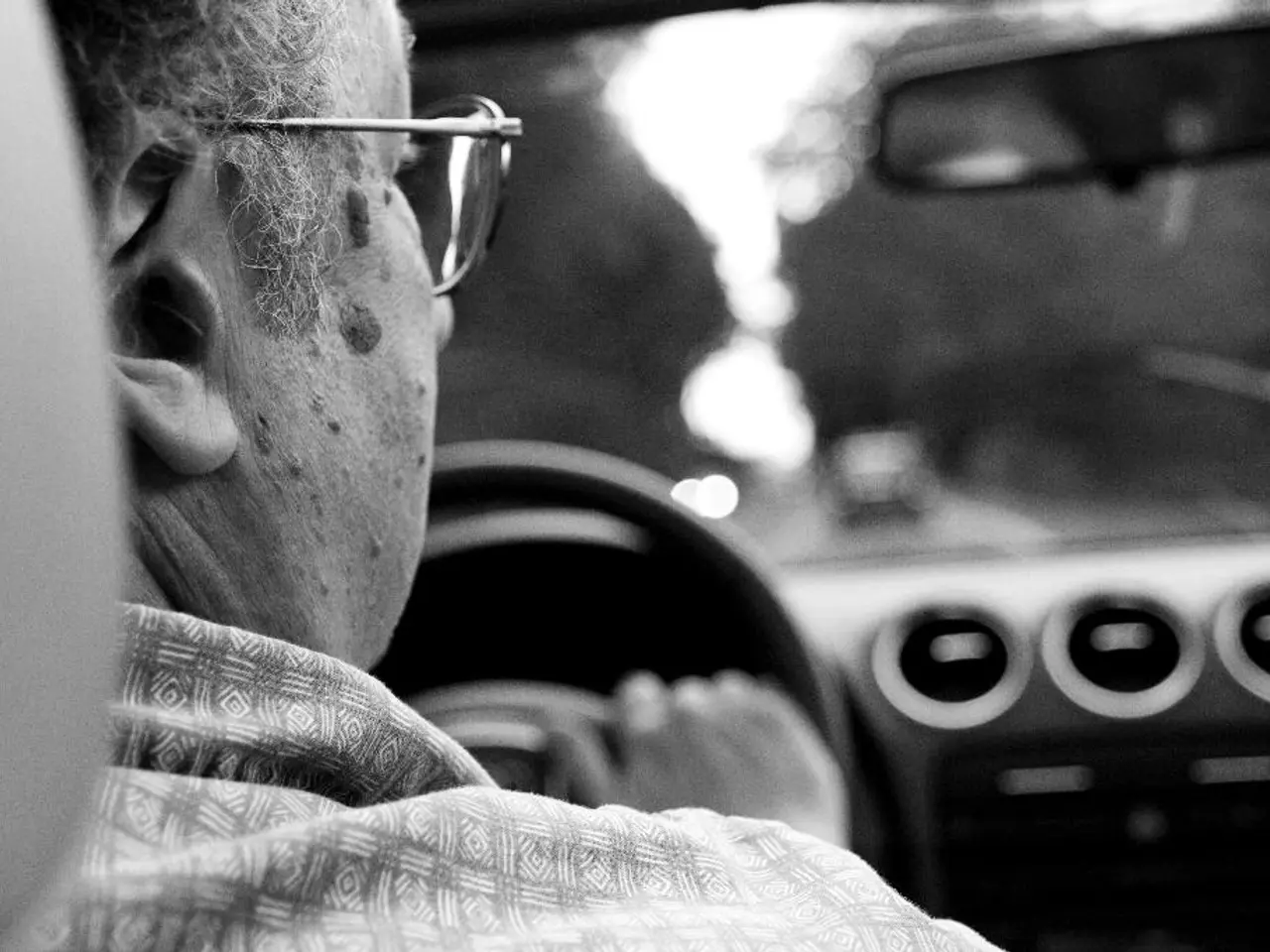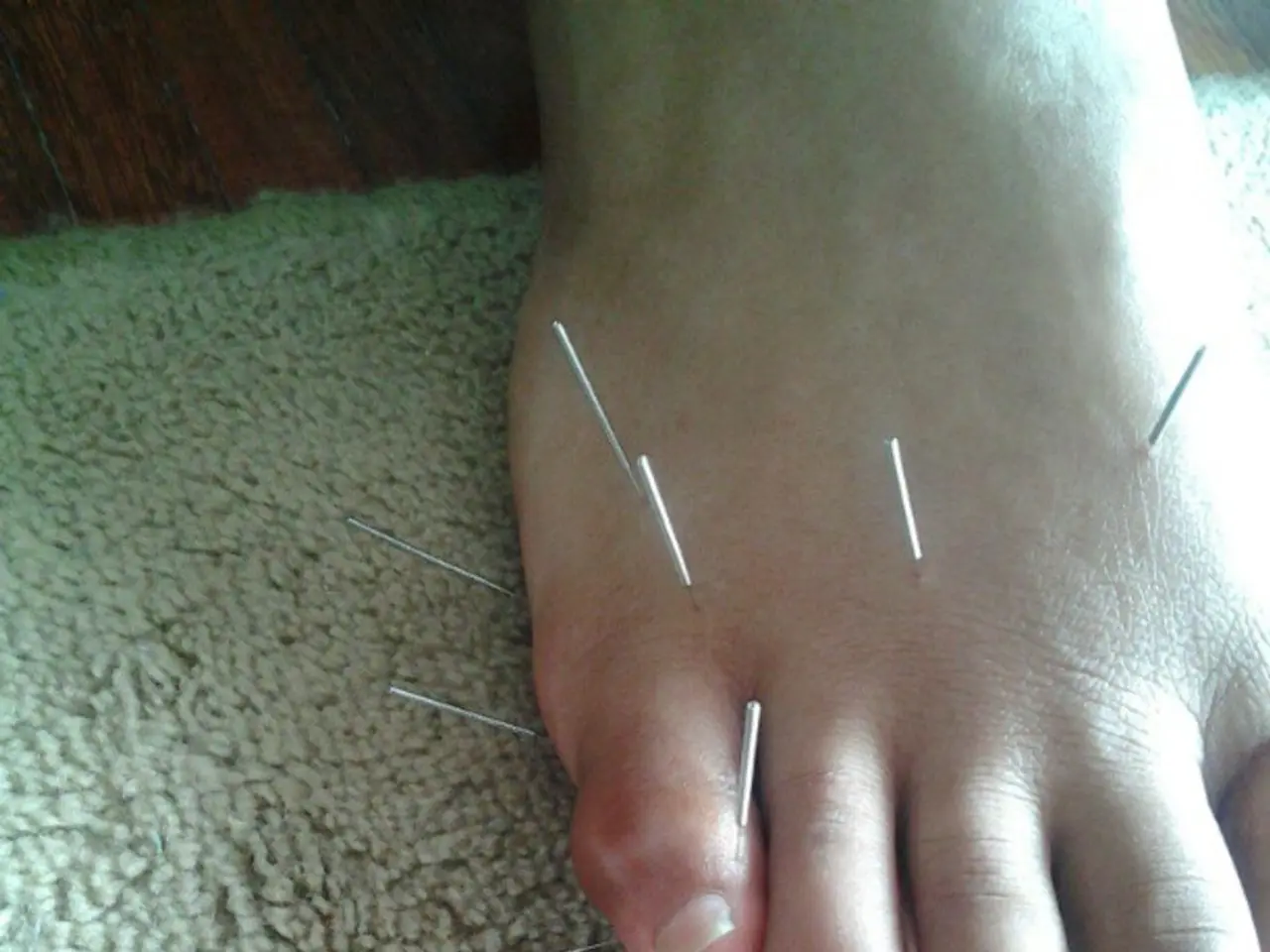Fear of Driving: Understanding Its Source, Signs, and Remedies
In this article, we delve into the world of Amaxophobia, a fear of driving that affects many individuals worldwide. It's essential to note that this article does not have the power to make a diagnosis or recommend a treatment. Readers are encouraged to seek help from a psychologist for their particular case.
Amaxophobia can manifest at different levels of severity, causing high levels of anxiety during travel. The fear can lead to physical symptoms such as tachycardia, sweating, tremors, difficulty breathing, nausea or dizziness, muscle tension, and headaches. On a psychological level, people with Amaxophobia may experience extreme anxiety, avoidance of driving, catastrophic thoughts, lack of concentration, and feelings of helplessness or loss of control.
Living with Amaxophobia can severely limit independence and quality of life. However, there is hope. Treatment for Amaxophobia can appear at any time related to driving.
Common treatment methods primarily include Cognitive Behavioral Therapy (CBT) and exposure therapy, often used together to address the underlying anxiety and avoidance behaviors associated with this phobia [1][5]. Exposure therapy involves gradually and systematically exposing the person to driving-related situations, sometimes augmented by virtual reality exposure therapy (VRET), which uses immersive virtual environments to safely simulate driving experiences and reduce fear responses [2][4].
Additional helpful strategies may include mindfulness practices to manage anxiety symptoms by promoting present-moment awareness and reducing stress related to driving [3], lifestyle adjustments such as maintaining a healthy diet, regular exercise, avoiding caffeine, and tracking anxiety triggers through journaling [2], and seeking social support by discussing anxiety with trusted individuals or healthcare professionals [2].
For those with severe driving anxiety, initially considering alternatives to driving — like public transportation or walking — may seem appealing while undergoing treatment. However, these may not be viable for everyone.
In summary, CBT combined with gradual exposure (including VR when available) represents the cornerstone of effective treatment for Amaxophobia, often complemented by mindfulness and lifestyle approaches [1][2][3][5]. Taking additional lessons with a professional driving instructor can help improve driving skills and reduce driving anxiety.
For more information, we recommend reading articles in the Clinical Psychology category, specifically related to Amaxophobia. Related content includes articles about Amaxophobia, its treatment with cognitive-behavioral therapy, virtual reality applications for Amaxophobia, identifying a fear of driving, and other types of phobias such as Hormephobia, Siderodromophobia, and Tacophobia.
References:
[1] American Psychiatric Association. (2013). Diagnostic and Statistical Manual of Mental Disorders (5th edition). Arlington, VA: American Psychiatric Publishing.
[2] Barlow, D. H., Craske, M. G., & O'Donohue, W. T. (2017). Mastery of Your Anxiety and Panic: Taking Control Using Cognitive-Behavioral Strategies. Guilford Publications.
[3] Hayes, S. C., Strosahl, K. D., & Wilson, K. G. (2011). Acceptance and Commitment Therapy: An Experiential Approach to Behavior Change. Guilford Publications.
[4] Emmelkamp, P. M. G., & Wiebe, D. (2014). Virtual Reality Exposure Therapy: A Review of the Evidence. Behavior Therapy, 45(3), 355-370.
[5] Foa, E. B., & Rothbaum, B. O. (2007). Effectiveness of Prolonged Exposure for PTSD: A Review of Data. Clinical Psychology Review, 27(1), 17-31.
- Beyond Amaxophobia, meditation and mindfulness practices can be beneficial for managing overall anxiety and stress levels, promoting mental health and wellness.
- The science behind nutrition plays a crucial role in maintaining physical health and fitness, which is essential for those dealing with mental health issues like Amaxophobia.
- Clinical psychology, particularly Cognitive Behavioral Therapy (CBT), proves effective in treating various phobias, including Amaxophobia, by addressing deep-seated thoughts and behaviors.
- Exercise, being a key component of fitness-and-exercise, helps regulate emotions, reduce stress, and improve overall mental health, which is especially important for individuals battling phobias such as Amaxophobia.




